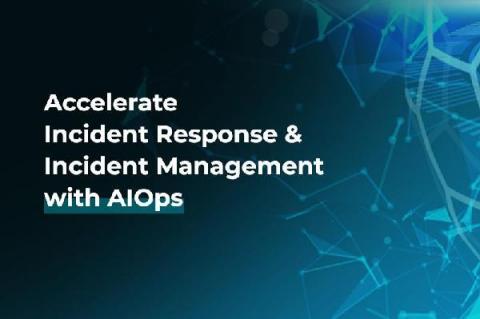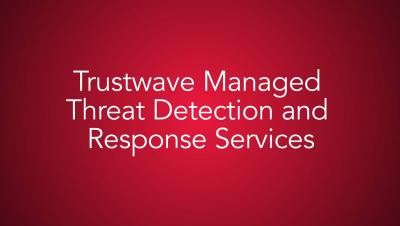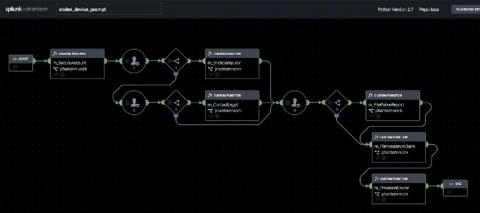From The Future CIO Report: For Most, Cyber Incident Response Remains a Challenge
With most organizations receiving over 100 threat alerts every day and a reduction of endpoint visibility due to the shift to remote work, the ability to quickly detect and confidently respond to cyber threats has become a difficult challenge for organizations to undertake on their own.








